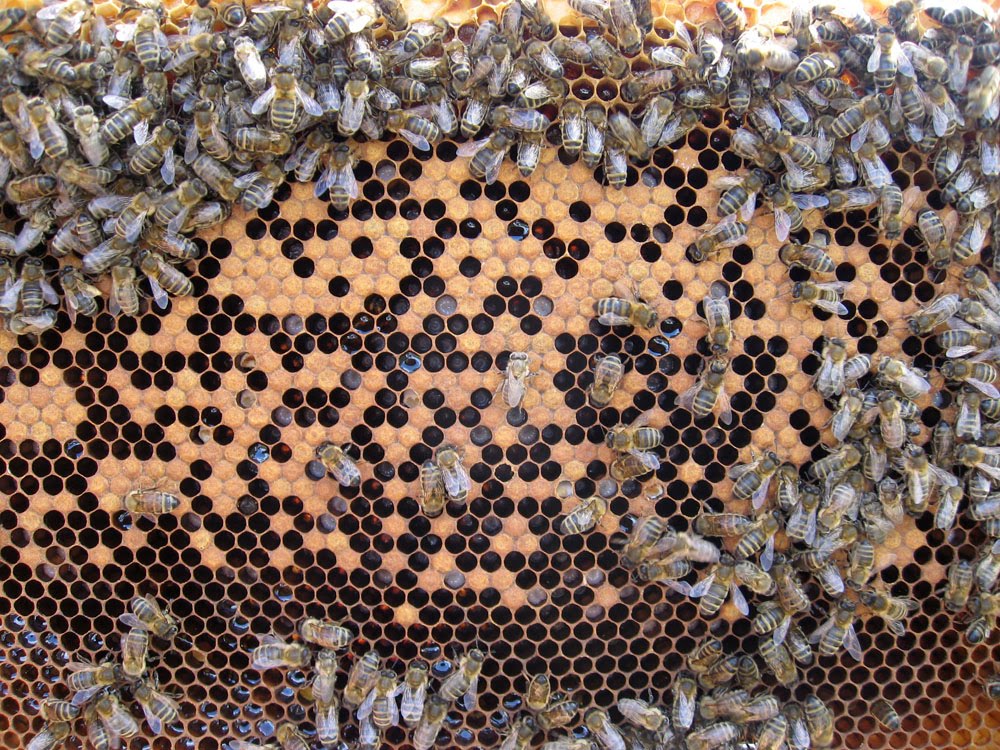Our RBI thinks shook swarms are a good idea, and it's something we will probably do as a quick way of getting at least one of our colonies into brand new hives..
You should renew your combs all the time and not arrange revolution every now and then
.
It's also one way of dealing with varroa, because all the mites are meant to be left behind in the brood cells..
In this situation you should rethink what you are doing.
There are a Duch method where the hive has been separated to artificial parst and brood part.
Then all mites are free in swarm part and they are easy to kill.
Brood part emerges and again. mites are free to be killed.
One way is to make a queenless colony for 2 weeks in main yield. The give foragers better without larvae.
before you give a new laying queen, make a false swarm and kill all free mites.
The queen starts to lay winter bees "on clean table".
The rest of hive has brood. They emerge soon and you are able to kill almost all mites. Then join the bees to queen.
But this is wotrh to do when things are bad.
In Dutch method they put
one larva frame into the hive and mites will go there.
I have done this but the hive died because all mites did not went into brood.
The yield season was over and why I did not used oxalic acid in August? The hive did not had brood. It would be easy to clean the mites from hive.
If you make a shook swarm or artificial swarm for varroa, use oxalic acid to kill mites.
.
.




